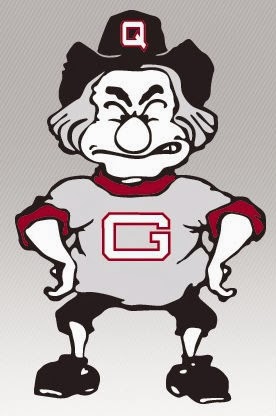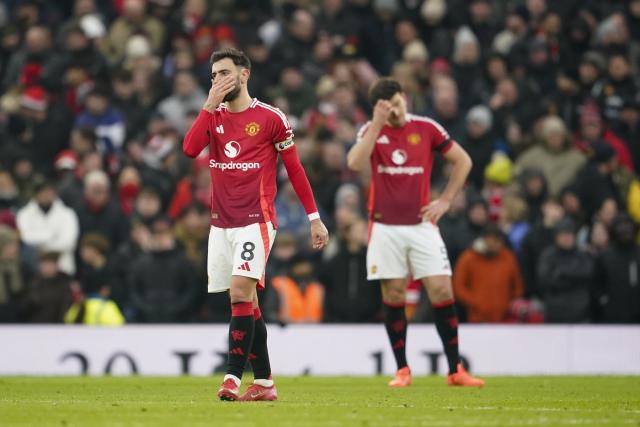Student athletes risk their long-term health on the field while at Guilford College for our entertainment.
“I think that it’s more difficult to be a college football player in this day and age than it is to be an NFL player because of the amounts of hits,” said the National Basketball Player’s Association Domonique Foxworth to HBO’s Real Sports.
The possibility of detrimental injuries to the athletes’ health are always looming. One injury that can lead to severe long-term health problems in the future are concussions.
According to a study conducted by Sports Concussion Institute, around 1.6 to 3.8 million concussions occur each year. Out of those concussions, 5-10 percent will be suffered by athletes.
Just one concussion can lead to long-term brain damage.
Only recently did the NFL remove the $675 million cap for concussion-related claims due to the increasing number of lawsuits that state more could have been done to prevent former athletes from experiencing effects of a concussion later in life.
To address this problem, the NCAA required institutions to have concussion management plans. However, they set the plan guidelines in the most general terms, while enforcement and consequences for not abiding are extremely low.
Are you willing to take this risk? Probably not, but student athletes are.
This raises an ethical dilemma. Are academic institutions responsible for aiding these students when they suffer the effects of the concussion later on in life?
“We need to very careful about what kind of equipment and what kind of risk we put our students in,” said Adjunct Professor of Religious Studies Max Carter. “If a college or university benefits financially from the athletic involvements in the sport then they bear responsibility.”
This is essentially what the NCAA has required schools like Guilford College to do — they must have effective policies and precautions to address any concussions.
“In the years past institutions really had some responsibility, but not now with all the education and all the understanding about concussions and their repercussions … the athletes mostly assume the responsibility,” said head softball coach Dennis Shores.
Similar feelings are shared by non-athletes.
“What happens on the field happens on the field,” said Early College junior Suemin Chung in an email interview with The Guilfordian.
“There’s no way the school could have prevented a specific athlete from getting injured on the field.”
Institutions cannot really be accountable for covering expenses for former athletes as they assumed the risk when they started playing the sport. Also, increased protocols have raised precautions taken to make sure concussions do not drastically affect an athlete later on.
“If the player gets a concussion while playing, and the correct safety measures are taken and yet the player still faces lasting health problems, I don’t believe it’s up to the organization to take care of the player,” said Erica McCune, a soccer player in the Kernersville Soccer Association.
Institutions should, however, offer proper treatment for the athlete when they are injured and not pressure them to play until they have fully recovered.
“I think this whole concussion thing is being blown a little bit out of proportion,” said assistant men’s lacrosse coach Nate Bates.
“We aren’t forcing our kids to play the sport. They are choosing to play. It’s their choice. Just because they go to school here at the time doesn’t mean that we are responsible.”






